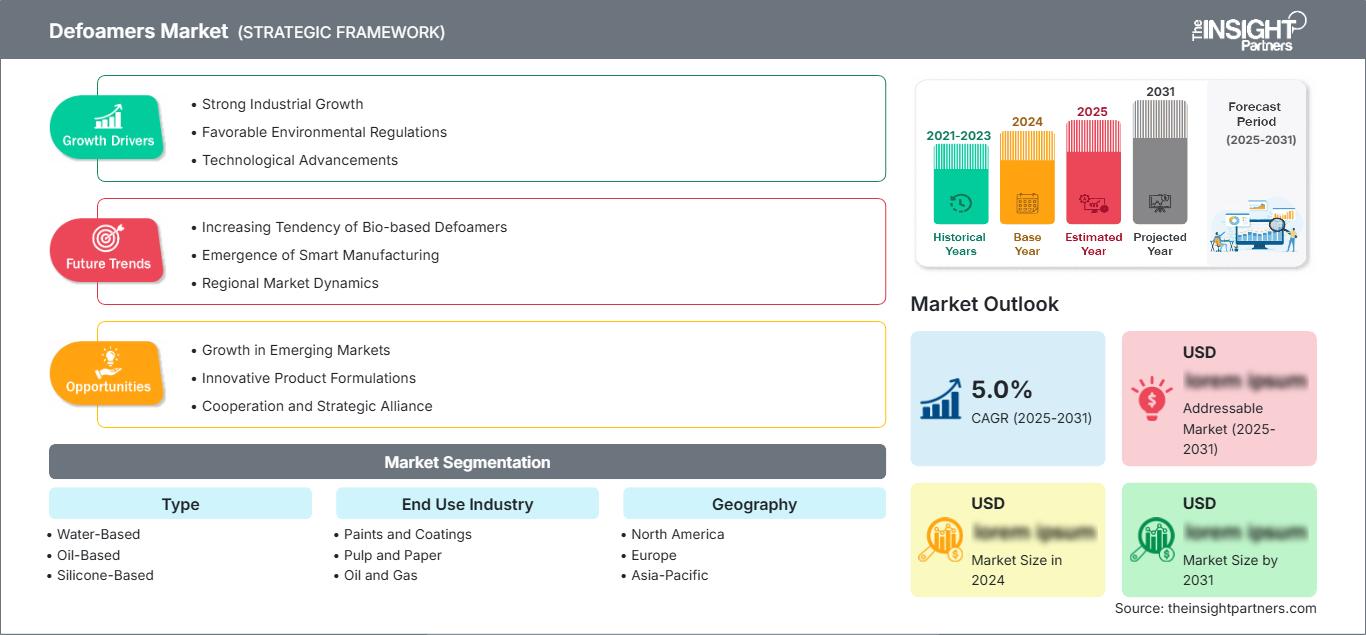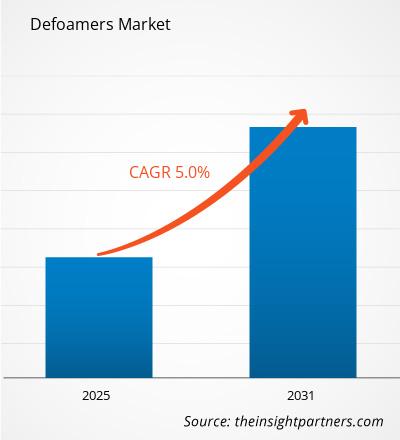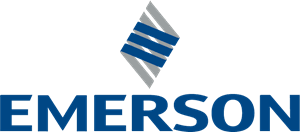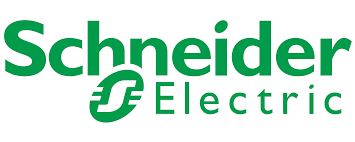Se prevé que el mercado de antiespumantes registre una tasa de crecimiento anual compuesta (TCAC) del 5,0% entre 2025 y 2031, con un tamaño de mercado que se expandirá de XX millones de dólares estadounidenses en 2024 a XX millones de dólares estadounidenses en 2031.
El mercado de antiespumantes se segmenta por tipo, industria de uso final y geografía. Según el tipo, se divide en antiespumantes a base de agua, aceite, silicona y otros. Según la industria de uso final, se segmenta en pinturas y recubrimientos, pulpa y papel, petróleo y gas, alimentos y bebidas, textil, farmacéutica, metalurgia y otros. El alcance del informe abarca cinco regiones: Norteamérica, Europa, Asia Pacífico, Oriente Medio y África, y Sudamérica y Centroamérica, incluyendo los principales países de cada región. El análisis global se desglosa a nivel regional y por países principales. El informe presenta el valor en USD para el análisis y los segmentos mencionados.
Finalidad del informe
El informe sobre el mercado de antiespumantes, elaborado por The Insight Partners, tiene como objetivo describir el panorama actual y el crecimiento futuro, los principales factores impulsores, los desafíos y las oportunidades. Esto proporcionará información valiosa a diversos actores del sector, tales como:
- Proveedores/fabricantes de tecnología: Para comprender la evolución de la dinámica del mercado y conocer las posibles oportunidades de crecimiento, lo que les permitirá tomar decisiones estratégicas informadas.
- Inversores: Realizar un análisis exhaustivo de las tendencias relativas a la tasa de crecimiento del mercado, las proyecciones financieras del mercado y las oportunidades que existen a lo largo de la cadena de valor.
- Organismos reguladores: Regular las políticas y controlar las actividades en el mercado con el objetivo de minimizar los abusos, preservar la confianza de los inversores y mantener la integridad y la estabilidad del mercado.
Segmentación del mercado de antiespumantes
Tipo
- A base de agua
- A base de aceite
- a base de silicona
- Otros
Industria de uso final
- Pinturas y revestimientos
- Pulpa y papel
- Petróleo y gas
- Alimentos y bebidas
- Textil
- Productos farmacéuticos
- Metal
- Otros
Obtendrá personalización gratuita de cualquier informe, incluyendo partes de este informe, análisis a nivel de país y paquetes de datos de Excel. Además, podrá aprovechar excelentes ofertas y descuentos para empresas emergentes y universidades.
Mercado de antiespumantes: Perspectivas estratégicas

- Obtenga las principales tendencias clave del mercado que se describen en este informe.Esta muestra GRATUITA incluirá análisis de datos, que abarcarán desde tendencias de mercado hasta estimaciones y pronósticos.
Factores que impulsan el crecimiento del mercado de antiespumantes
- Fuerte crecimiento industrial: En general, el crecimiento de diversas industrias, como la de pinturas y recubrimientos, la farmacéutica, la de alimentos y bebidas y la de cuidado personal, ha incrementado notablemente la demanda del producto. Dado que estas industrias se centran en la calidad y el rendimiento de los productos, la necesidad de agentes antiespumantes que eliminen la espuma durante la producción resulta fundamental.
- Normativa ambiental favorable: Las crecientes regulaciones ambientales sobre emisiones y gestión de residuos están obligando a las industrias manufactureras a modificar sus procesos y adoptar prácticas más respetuosas con el medio ambiente. Por ello, la mayoría de las empresas están optando por antiespumantes biodegradables y a base de agua para cumplir con sus objetivos de sostenibilidad y minimizar su impacto ambiental.
- Avances tecnológicos: La innovación en formulaciones químicas ha dado lugar a una clase de antiespumantes más eficaces y especialmente diseñados. Las nuevas tecnologías mejoran el rendimiento en numerosas aplicaciones, y ahora las empresas pueden seleccionar productos específicos adaptados a sus condiciones operativas particulares, impulsando así el mercado.
Tendencias futuras del mercado de antiespumantes
- Tendencia creciente de los antiespumantes de base biológica: El mercado global de antiespumantes se inclina últimamente hacia los de base biológica, debido a la mayor concienciación de los consumidores sobre los productos sostenibles y la presión de las normativas. Los fabricantes buscan formular productos con ingredientes naturales, considerados más seguros y respetuosos con el medio ambiente.
- Auge de la fabricación inteligente: Las tecnologías inteligentes se han generalizado rápidamente en los procesos de fabricación. Este desarrollo también ha impactado el mercado de los antiespumantes, ya que las empresas aprovechan la monitorización en tiempo real y el análisis de datos para mejorar el control de la espuma en sus operaciones, lo que se traduce en una mayor eficiencia y una menor generación de residuos.
- Dinámica del mercado regional: El mercado de antiespumantes está experimentando cambios en la demanda regional, principalmente en la región de Asia-Pacífico. La industrialización y la urbanización en India y China están generando una fuerte demanda de estos productos para diversas aplicaciones, lo que convierte a esta zona en un área atractiva para la expansión.
Oportunidades de mercado de los antiespumantes
- Crecimiento en mercados emergentes: Los mercados de Asia-Pacífico, América Latina y Oriente Medio, economías en crecimiento, presentan un alto dinamismo y ofrecen oportunidades de crecimiento para el mercado global. Se prevé que la demanda de antiespumantes aumente a medida que estas regiones continúen desarrollando sus sectores industriales.
- Formulaciones de productos innovadoras: Las empresas que invierten en I+D para el desarrollo de formulaciones antiespumantes avanzadas que aborden desafíos específicos en diversas aplicaciones pueden acceder a un nicho de mercado. Las soluciones adaptadas a procesos de producción únicos o a las necesidades específicas de un producto constituirán una ventaja competitiva.
- Cooperación y alianza estratégica: Una alianza estratégica con los usuarios finales que producen antiespumantes abrirá nuevas vías de crecimiento. El enfoque en el desarrollo de una solución personalizada para aplicaciones especiales puede fortalecer la lealtad de los clientes y abrir nuevos segmentos de mercado.
Perspectivas regionales del mercado de antiespumantes
Los analistas de The Insight Partners han explicado en detalle las tendencias y los factores regionales que influyen en el mercado de antiespumantes durante el período de previsión. Esta sección también analiza los segmentos del mercado de antiespumantes y su distribución geográfica en Norteamérica, Europa, Asia Pacífico, Oriente Medio y África, y Sudamérica y Centroamérica.
Alcance del informe de mercado de antiespumantes
| Atributo del informe | Detalles |
|---|---|
| Tamaño del mercado en 2024 | XX millones de dólares estadounidenses |
| Tamaño del mercado para 2031 | XX millones de dólares estadounidenses |
| Tasa de crecimiento anual compuesto global (2025 - 2031) | 5,0% |
| Datos históricos | 2021-2023 |
| Período de pronóstico | 2025-2031 |
| Segmentos cubiertos | Por tipo
|
| Regiones y países cubiertos | América del norte
|
| Líderes del mercado y perfiles de empresas clave |
|
Densidad de los actores del mercado de antiespumantes: comprensión de su impacto en la dinámica empresarial
El mercado de antiespumantes está creciendo rápidamente, impulsado por la creciente demanda de los usuarios finales debido a factores como la evolución de las preferencias de los consumidores, los avances tecnológicos y una mayor conciencia de los beneficios del producto. A medida que aumenta la demanda, las empresas amplían su oferta, innovan para satisfacer las necesidades de los consumidores y aprovechan las nuevas tendencias, lo que impulsa aún más el crecimiento del mercado.

- Obtenga una visión general de los principales actores del mercado de antiespumantes.
Puntos clave de venta
- Cobertura integral: El informe abarca de forma exhaustiva el análisis de productos, servicios, tipos y usuarios finales del mercado de antiespumantes, proporcionando una visión holística.
- Análisis de expertos: El informe se elabora a partir del profundo conocimiento de expertos y analistas del sector.
- Información actualizada: El informe asegura relevancia comercial debido a su cobertura de información reciente y tendencias de datos.
- Opciones de personalización: Este informe se puede personalizar para satisfacer las necesidades específicas del cliente y adaptarse adecuadamente a las estrategias comerciales.
Por lo tanto, el informe de investigación sobre el mercado de antiespumantes puede ayudar a liderar el proceso de análisis y comprensión del panorama de la industria y sus perspectivas de crecimiento. Si bien existen algunas preocupaciones válidas, los beneficios generales de este informe tienden a superar las desventajas.
- Análisis histórico (2 años), año base, pronóstico (7 años) con CAGR
- Análisis PEST y FODA
- Tamaño del mercado, valor/volumen: global, regional y nacional
- Industria y panorama competitivo
- Conjunto de datos de Excel
Informes recientes
Testimonios
Razón para comprar
- Toma de decisiones informada
- Comprensión de la dinámica del mercado
- Análisis competitivo
- Información sobre clientes
- Pronósticos del mercado
- Mitigación de riesgos
- Planificación estratégica
- Justificación de la inversión
- Identificación de mercados emergentes
- Mejora de las estrategias de marketing
- Impulso de la eficiencia operativa
- Alineación con las tendencias regulatorias






















 Obtenga una muestra gratuita para - Mercado de antiespumantes
Obtenga una muestra gratuita para - Mercado de antiespumantes